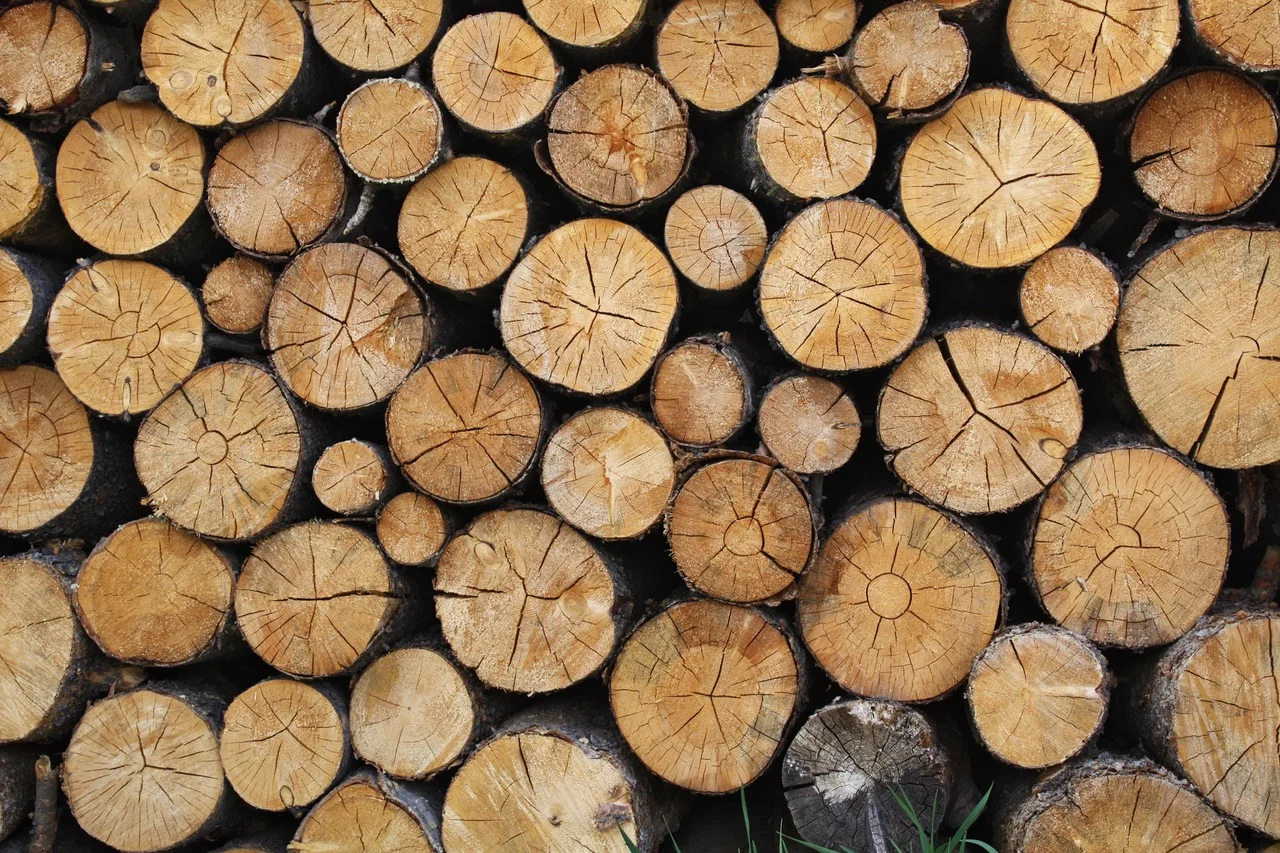It’s not a secret that nominal lumber dimensions aren’t their actual dimensions. A 4x4 hasn’t measured 4 inches by 4 inches since the 1950’s, when standard lumber sizes and moisture contents were established by the US government. Prior to that, it was common for wood to be sourced locally and installed “green,” meaning it was not kiln dried prior to purchase. When lumber began to be shipped to different regions throughout the country by rail, it became clear that a national standard for dimensions would be necessary. According to a very interesting 1964 report from the US Department of Agriculture, the actual dimensions of lumber were derived by a combination of after-kiln shrinkage, saw blade width, and other factors in order to reach a consensus from lumber distributors.
For over 60 years, nominal lumber dimensions have been used in lieu of actual dimensions for lumber. That fact hasn’t stopped 2 class action suits, one for Menards and one for Home Depot, from being filed by an Illinois law firm over the size discrepancy, according to the Milwaukee Journal Sentinel. The firm claims that customers have been receiving 23% less product than what has been “advertised and represented” for 4x4s and the practices cause “substantial injury to consumers.”
The suit claims that the companies should clearly mark that the sizes stated are nominal and not actual sizes and it’s unreasonable for an “average consumer” to know that. The firm claims that 2 separate plaintiffs felt they were wronged by Menards and 1 other felt he was wronged by Home Depot after measuring the lumber they purchased.
The retailers are obviously not buying the claim, citing government approved industry standards and claiming that the size differences are common knowledge.
Full story: Whacked with a 4x4: Menards, Home Depot face lawsuits over descriptions of lumber size | Milwaukee Journal Sentinel











In the midst of fierce discourse over the bipartisan infrastructure bill lies a unique opportunity for the United States.